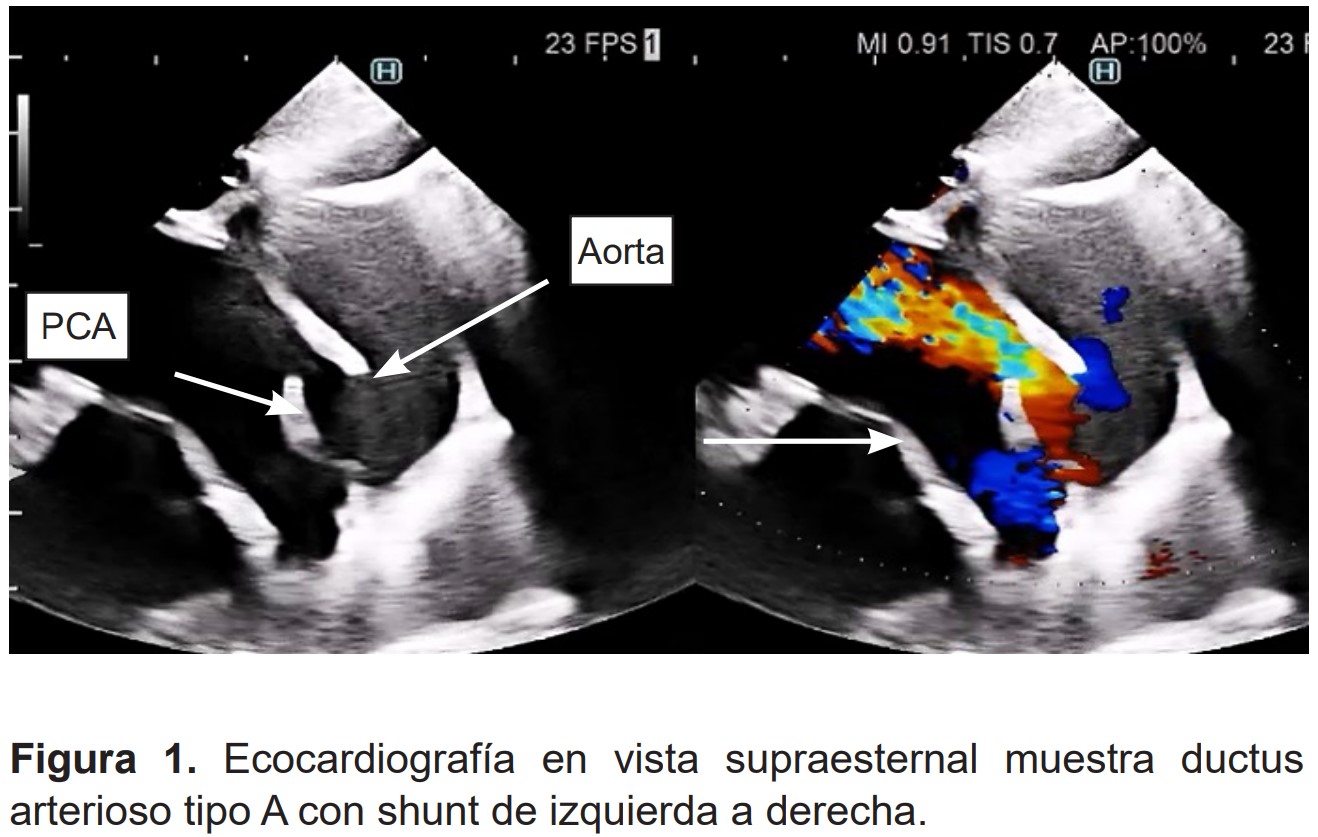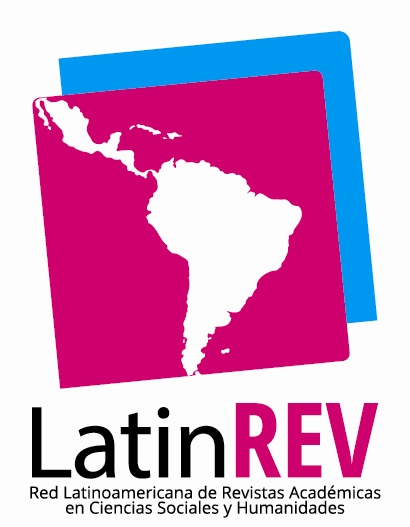Percutaneous closure of a large persistent ductus arteriosus in a pediatric patient with inferior vena cava interruption: a case report
DOI:
https://doi.org/10.58597/rpe.v3i2.83Keywords:
Patent ductus arteriosus, Heart defects congenital, Cardiac catheterization, Child, Intracardiac shuntsAbstract
Persistent ductus arteriosus (PDA) accounts for approximately 10% of congenital heart diseases. In pediatric patients, percutaneous closure with a device is the treatment of choice. Early intervention prevents progression to heart failure, pulmonary hypertension, and the risk of bacterial endarteritis. We present the case of a 7-year-old boy with a large PDA and an inferior vena cava anomaly, which drained into the azygos vein (interruption of the inferior vena cava). Studies showed dilation of the left heart chambers and a type A PDA with significant shunt. This condition complicated the percutaneous closure and posed a technical challenge. A therapeutic cardiac catheterization was performed, accessing through the femoral vein and using the azygos vein as a route. A MemoPart PDA Occluder device was successfully implanted, resulting in no complications and favorable postoperative follow-up. This is the first nationally reported case of successful PDA closure via cardiac intervention.
Downloads

Downloads
Published
Issue
Section
License
Copyright (c) 2024 Fernando Melitón Taipe-Carbajal, Carlos Mariño-Vigo, Viviana Nario-Lazo, Silvia Alegre-Manrique

This work is licensed under a Creative Commons Attribution 4.0 International License.
















